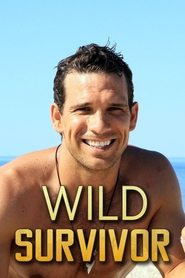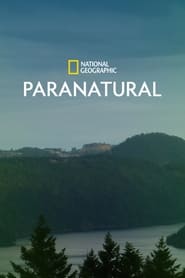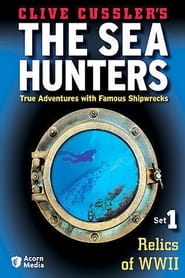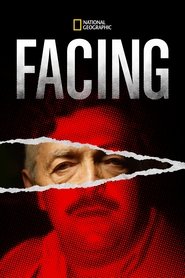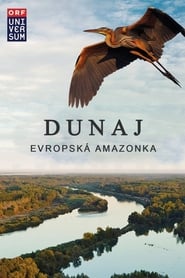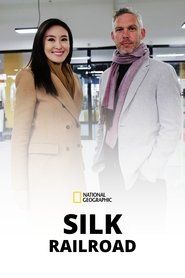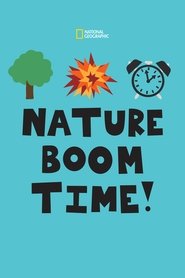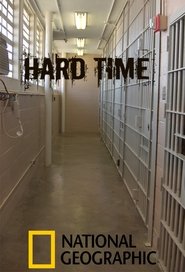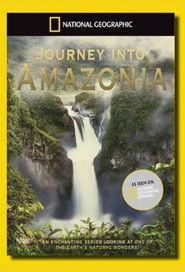National Geographic TV Series - Page 16
-
Wild Survivor
2015
Wild Survivor
2015
Phil Breslin enjoys living off the land, especially in Australia's and New Zealand's most extreme locations. -
Prehistoric Predators
2007
star 7.5Long before humans evolved, our planet was home to some of the most vicious predators ever to have lived. Step back in time to one of the most amazing eras in the history of planet earth and meet terrifying ancient predators. -
I Am Rebel
2016
star 8.5Rebels, Radicals, Mavericks, Change Makers. I Am Rebel is a documentary series about outsiders finding their voices in the underworlds of vice and proving that change only happens when you break the rules. -
Paranatural
2010
star 8After a series of grisly livestock killings in the mid-90s, reports arose of a mysterious fanged dog-like creature. Could it be the legendary chupacabra, the blood sucking mythical creature of the Americas. -
The Sea Hunters
2002
The Sea Hunters
2002
An expert team of underwater archaeologists, divers, and technicians locate, identify, and explore some of the world's great, and often forgotten, shipwrecks. -
Ultimate Supercar
2020
star 8.5Today's high-end high-performance Supercars are an amazing combination of art and science. Super Car Build finds out how they do it and goes behind the scenes at some of the most legendary automotive marques to discover the hidden engineering secrets and keys to each machine's success. -
Riding Britain's Railways
2010
Britain's railways were key to the development of Britain - they helped facilitate the Industrial Revolution, the suburbs- and the commuter - and created popular holiday destinations. They've even inspired poetry, film and song. Combining contemporary train journeys with ITN's extensive archive this series provides a unique and revealing history of Britain's railroads and our engineering evolution. In each episode our presenter will take a different rail journey across the UK, use historical rail guides, board classic trains, experience captivating views and explore fascinating histories and personal stories. We'll hear stories of success - and learn about the disasters which pushed the engineering forward. -
Rock Stars
2011
Rock Stars
2011
Rock Stars is a documentary/reality television series that follows a team of rock scalers from a slope stabilization/rock remediation company. The series is produced by Echo Entertainment for the National Geographic Channel. Ten episodes have been created so far, the first airing on November 22, 2011. -
Live Free or Die
2014
star 5A look deep into a group of 5 individuals trying to live free and “Re-wild” themselves going against the grain in a modern age. -
Facing
2016
star 10Epic tales of opposition against some of the world’s most powerful icons, from Pablo Escobar to Arnold Schwarzenegger. Explore the public figures’ minds and motivations through rare archival footage and intimate interviews with their opponents: real people facing off against giants. -
Man, Woman, Dog
2021
star 2Humans and dogs have a long, intertwined history together. Through the eyes of each of them today, we can see the evolution of that relationship. -
Danube: Europe's Amazon
2012
star 7.5This comprehensive cinematic portrait of Europe's second-longest river presents scenes of breathtaking beauty along the banks of the Danube and investigates the tension between humans and nature, civilization and wilderness. Dams and power stations alternate with sections of natural wilderness along this mighty river, which flows through great cities such as Vienna and Budapest. -
Slang Hunters
2013
-
Jack the Ripper: The German Suspect
2011
star 4.3London, 1888. A killer known by the name of Jack the Ripper brutally murders five prostitutes. Though the killings make the world's headlines, the slayer's identity remains a mystery for over 120 years. But new evidence found by an international team of experts leads to a German sailor and to New York's Lower East Side. -
Disaster Autopsy
2024
Disaster Autopsy
2024
Disasters can strike anywhere, anytime. Expert analysis of the available evidence is used to recreate real-world disasters in cutting-edge 3D graphics. We can dissect them, peel back the layers, and even freeze time to reveal a disaster’s hidden and surprising causes-- a paperwork error, a bad glue job, or changing a restaurant’s opening hours. Whatever it is, "Disaster Autopsy" will uncover it. -
Silk Railroad
2018
Silk Railroad
2018
Historian Sam Willis teams up with Journalist Li Qiuyuan to dig into historical legacies of the past and explore how today's rail link compares to the caravans of the past - from Yiwu, the most eastern terminus of the China-Europe Railway Express to Chengdu; the busiest train station in China's Southwestern province of Sichuan. -
Nature Boom Time
2016
Nature Boom Time
2016
Follow Charlie, Kirby, and Patrick as they travel around the United States to learn about different kinds of trees—and what makes nature incredibly awesome. Science and history are explained with paper cutouts and goofy girl Casey back at headquarters. -
Hard Time
2009
star 7Hard Time is an American reality-documentary television series on the National Geographic Channel. The series debuted on February 1, 2011 and is hosted by Thurston Moore as he sheds light on the daily life of the prisoners and guards at the Correctional Reception Center located in Orient, Ohio. -
Journey Into Amazonia
1999
Journey Into Amazonia features the swollen rivers, flooded forests and dense canopy of the vast rain forest recognized as one of the Earths natural wonders. The rivers rich, roiling waters sustain a vast cast of characters, including giant seven-foot-long otters, fruit-harvesting fish, freshwater dolphins and manatee. While on land, stealthy jaguars prowl, acrobatic monkeys defy gravity and keen-eyed harpy eagles soar.
